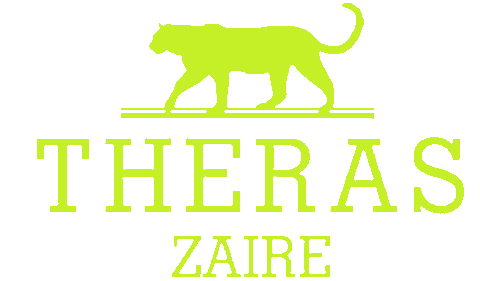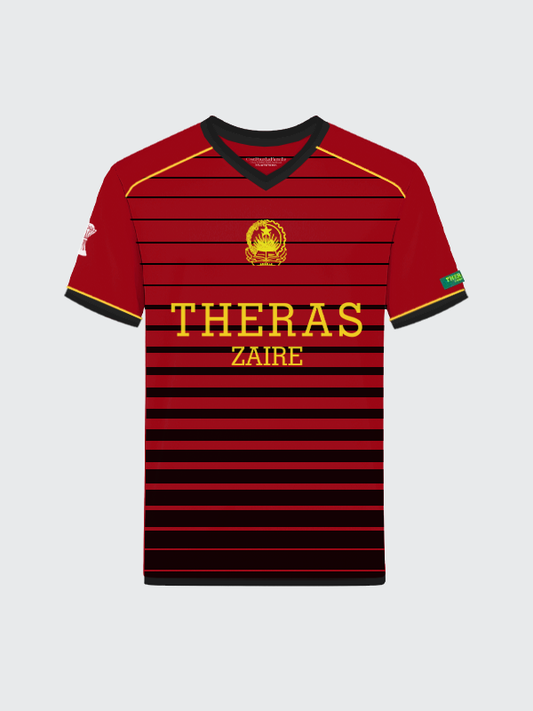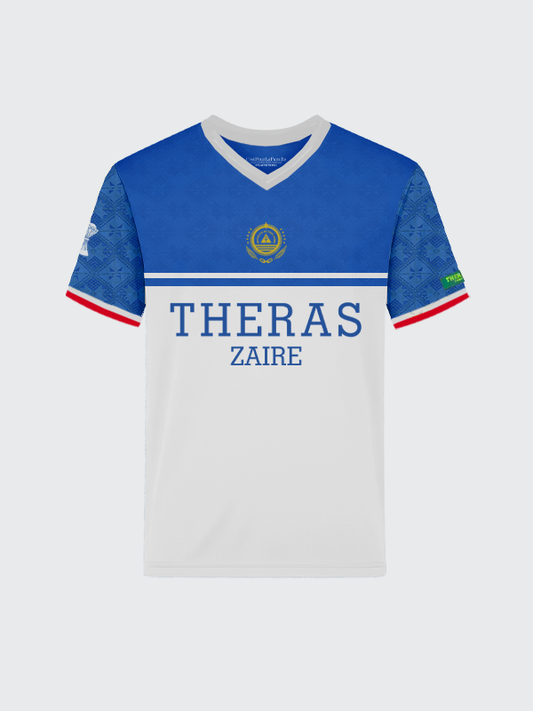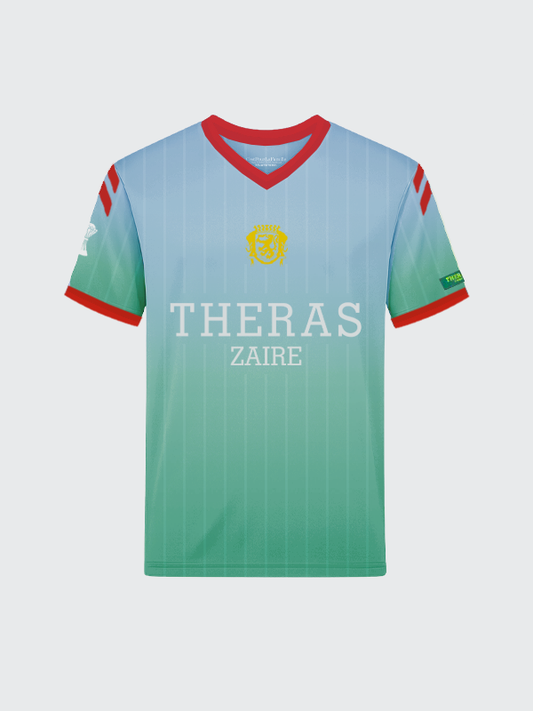𝐓𝐨𝐩 𝟏𝟎 𝐌𝐚𝐫𝐤𝐞𝐭𝐢𝐧𝐠 𝐓𝐫𝐞𝐧𝐝𝐬 𝐢𝐧 𝐀𝐟𝐫𝐢𝐜𝐚𝐧 𝐌𝐚𝐫𝐤𝐞𝐭𝐬 𝐟𝐨𝐫 𝟐𝟎𝟐𝟓 | THERAS Zaire
In 2025, Africa is not just a high-growth market — it’s a fast-moving, digitally connected, and culturally diverse business arena. With a population exceeding 1.4 billion and more than 60% under the age of 25, African consumers are tech-savvy, socially active, and increasingly value-driven. Understanding the continent’s marketing trends requires more than global playbooks — it demands a deep appreciation of local contexts, infrastructure challenges, and cultural storytelling.
Below are the ten most influential marketing trends shaping Africa in 2025, with data-backed insights and examples from multiple countries.
1. AI-Driven Personalization and Automation
Artificial Intelligence is no longer experimental in Africa — it’s operational. From AI chatbots in Nigerian fintech companies to machine learning-powered product recommendations on South African e-commerce platforms, brands are leveraging AI to predict consumer behavior, segment audiences, and optimize campaigns.
-
Example: MTN’s AI-driven support system in Nigeria now processes over one million customer queries per month in real time, reducing wait times by 70%.
-
Key Benefit: Brands achieve hyper-targeting even in fragmented markets, increasing engagement and conversion rates.
-
SEO Angle: Keywords like “AI marketing Africa” and “AI personalization in African retail” are trending in 2025.
2. Social Commerce Becomes a Primary Sales Channel
Social commerce — selling directly through platforms like WhatsApp, TikTok, and Instagram — is experiencing explosive growth. African consumers trust peer recommendations, influencer endorsements, and real-time interaction more than traditional ads.
-
Data Point: Social commerce in Africa is projected to generate over USD 4.45 billion in 2025, with South Africa alone contributing USD 1.54 billion.
-
Example: In Ghana, micro-fashion brands are now selling up to 80% of their collections through Instagram Live sales events, where viewers can buy in real time.
3. Mobile E-Commerce Dominance
With smartphone penetration climbing past 55% in many African countries, mobile-first shopping experiences are no longer optional. Mobile transactions are driving over 60% of total e-commerce revenue.
-
Example: Flutterwave’s payment solutions now enable mobile checkouts in more than 30 African countries, supporting multiple currencies and reducing failed transactions.
-
Why It Matters: Mobile commerce thrives in Africa’s fragmented retail landscape, allowing brands to bypass physical distribution challenges.
4. Live Shopping Events and Entertainment-Commerce Hybrid
Borrowing from Asia’s livestream shopping boom, African influencers are integrating entertainment with instant buying options. Live shopping is not just a sales tool — it’s a form of social entertainment.
-
Example: In Morocco, weekly live fashion auctions attract thousands of viewers, with limited-edition items selling out in under 10 minutes.
-
SEO Opportunity: “African live shopping trends” is becoming a high-traffic search term.
5. Local Language Marketing
With more than 2,000 languages spoken across the continent, local language campaigns are proving to be a major engagement driver. Brands are realizing that linguistic familiarity builds trust.
-
Example: Safaricom’s Swahili-first rural campaign increased engagement rates by 45% compared to English-only messaging in Kenya.
-
Insight: Localized content helps bridge the digital inclusion gap, especially in rural and semi-urban markets.
6. Closing the Digital Gender Gap
While digital marketing is expanding, 45% of women entrepreneurs in Africa still face barriers to reliable internet access and affordable data. Addressing this gap presents both a social mission and a business opportunity.
-
Example: Women-led cooperatives in Malawi have started pooling funds to buy bulk data for online sales campaigns, increasing overall participation.
7. Short-Form Video as the Engagement King
Short-form video platforms like TikTok, Instagram Reels, and YouTube Shorts have overtaken static posts in engagement rates. African brands are using humor, storytelling, and cultural trends to go viral.
-
Example: In Egypt, snack brand Chipsy created a TikTok dance challenge that boosted sales by 20% in urban areas in less than two months.
8. Sustainability and Ethical Branding
Eco-conscious marketing is gaining traction, especially with Gen Z and millennials, who are increasingly prioritizing sustainability in their purchasing decisions.
-
Example: South African skincare brand Africology’s eco-packaging campaign became one of the most-shared Instagram topics in 2025 in the beauty sector.
9. Data Privacy and Consumer Trust
With new data protection regulations in countries like Kenya and Nigeria, consumer trust is emerging as a competitive advantage. Transparent data policies are now a selling point.
-
Example: South Africa’s leading e-commerce platform Takealot promotes its “data ethics promise” as part of its marketing strategy, appealing to privacy-conscious shoppers.
10. Pan-African Cultural Storytelling
Brands are moving beyond single-market campaigns to create Pan-African narratives that resonate across multiple countries while staying authentic to local cultures.
-
Example: MTN’s Africa Day ad campaign featured artists from over 15 African countries, blending music, fashion, and storytelling into one cross-border celebration.
The African marketing landscape in 2025 is defined by digital acceleration, cultural relevance, and mobile-first strategies. Brands that adapt to these trends — while respecting local languages, infrastructure realities, and cultural diversity — will not only grow but also build lasting consumer relationships.





